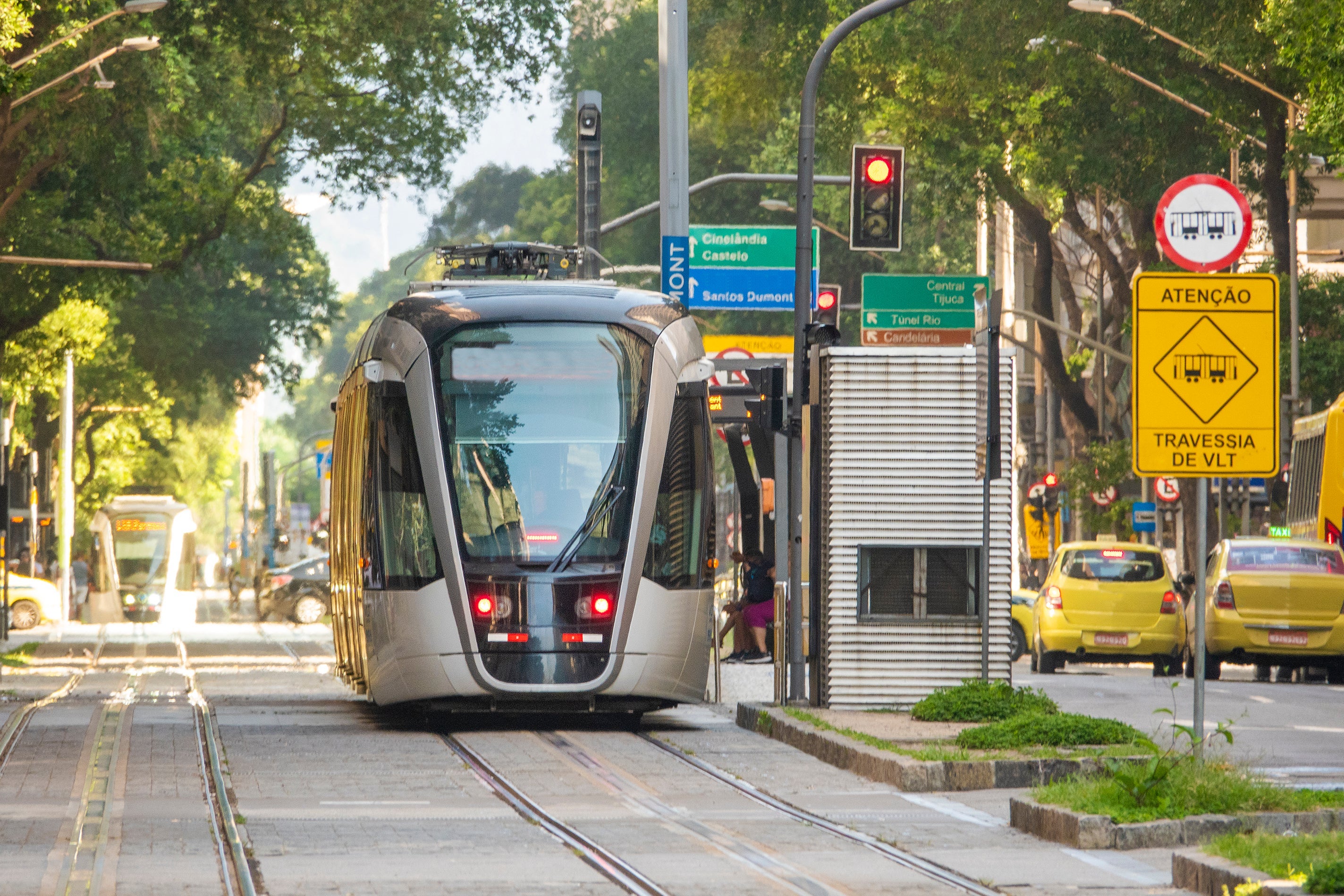Manufacturers across industries stake their reputations on delivering high quality, durable products and that requires the right industrial coatings to protect them.
Waterborne and Powder Coatings: Pushing Frontiers in Sustainably Advantaged Finishing
Fortunately, there’s never been more coating options to consider, including formulations that not only elevate protective performance and create on-trend looks, but also offer impressive sustainability benefits. Two examples are contemporary waterborne and powder coating technologies.
Manufacturers are adopting these solutions with greater frequency, primarily due to the fact that they are formulated without solvents that emit volatile organic compounds (VOCs) during the drying process. But there are notable distinctions between them.
A Look at Liquid Coatings
Solvent-borne liquid coatings have been widely used since the Industrial Revolution in the 19th century, but newer water-based formulations are gaining momentum with rising demand for solutions that offer environmental advantages.
In conventional liquid coatings, chemical solvents are used to disperse key ingredients like resins, pigments and additives. In waterborne systems, water is the primary resin carrier, although small amounts of additives and solvents can be used.
While they require more consideration for temperature and humidity control, waterborne coatings formulated without solvents reduce flammability risks, make compliance with VOC regulations easier and help manufacturers shrink their carbon footprints. Another advantage is that cleanup does not require the use of harsh chemical agents.
Like their solvent-borne counterparts, waterborne liquid coatings can be used on a variety of substrates like metal, wood and plastic and come in a wide range of colors including metallic and mica pigments.
A few notable appeals of liquid coatings, both waterborne and solvent-borne, are their impressive range of gloss levels, starting with low sheen matte looks to highly reflective, mirror-like finishes and their flexibility even after curing. The latter helps liquid coatings withstand bending, stretching and roll forming without cracking.
While there was a performance gap in early generations of waterborne coatings, newer, more advanced resin systems have made them comparable to solvent-based systems in terms of corrosion protection, adhesion and weatherability in many applications.
PPG’s portfolio of waterborne coating formulations includes PPG AQUACRON® WPUT, a waterborne polyurethane topcoat that offers premium abrasion and chemical resistance and can reach glosses that exceed 90 units. It is engineered to protect machinery and equipment in the most demanding conditions.
For consumer electronic display screens, PPG AQUACRON® Stain Resistance Clear Coat combines a silky touch feel with anti-fingerprint and stain protection.

Powder Finishes
Powder coatings are on the rise globally, thanks to a variety of benefits, including durability, one-coat coverage, application ease, design flexibility, the ability to reclaim and reuse overspray.
Unlike waterborne liquid coatings, powders are 100% solid formulations, meaning that they are formulated without water or solvent that evaporates (or emits VOCs) during the drying process. Because of this, powders maintain their thickness before and after the cure, typically meeting film build requirements in a single coat.
Since powder application is an electrostatic process where charged paint particles are sprayed onto a grounded part, powder coatings offer excellent adhesion, even in hard-to-reach areas, This benefit is even greater with specialty formulations like PPG ENVIROCRON HIGH TRANSFER EFFICIENCY (HTE) powder coatings that are engineered to provide first pass build rates of up to 85%.
Beyond efficiency, powder coatings offer exceptional durability and robust protection against UV damage, scratches and corrosion for interior and exterior applications.
One area where liquid coatings have excelled is in creating super high gloss finishes, which have historically been difficult or unachievable with powder coatings. But that gap is narrowing as companies like PPG have developed powder formulations that are pushing the gloss ranges beyond 85 units.
While both waterborne liquids and powder coatings can create special effect finishes with micas and metallics, textures, hammer tones and wrinkles are generally easier with powder coatings since they often can be achieved in one coat and with better consistency.
Powder is among the most sustainable options for manufacturers due to its low VOC content, high material utilization rate and energy efficiency. Utilizing low-bake coatings like PPG ENVIROCRON® UltraX™ and PPG ENVIROCRON® HEATSENSE powder for temperature-sensitive substrates can help slash curing and cooling times by 20% and 25%, respectively.

In summary, both powder coatings and waterborne liquid coatings offer sustainability and performance benefits. Which technology is ideal for a specific application depends on the operating environment, substrate and cure requirements.
PPG is committed to continuous coatings innovations in all technology platforms, working to develop next-generation solutions that are made with fewer solvents, use less energy and help end-use customers meet performance requirements, aesthetic standards and environmental goals.
